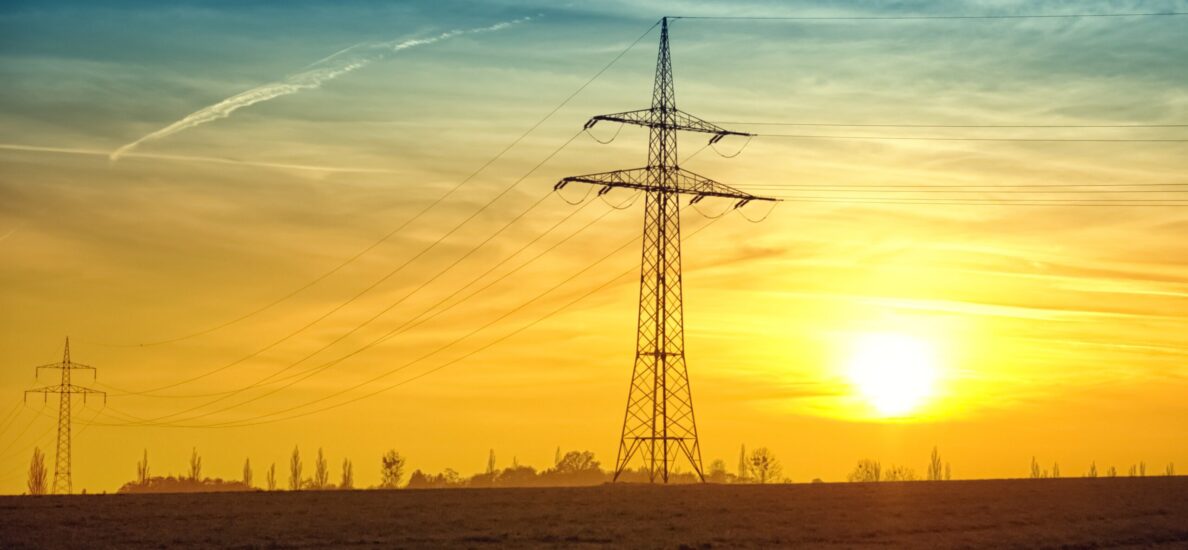What Are Grid-Tied Solar Systems?
Grid-tied solar systems are the most common type of solar energy systems used today. They are a popular choice among homeowners and businesses looking to reduce their electricity bills and environmental impact. These systems are connected to the utility grid and can feed electricity back into it, making them an excellent choice for those looking to generate their own clean energy while still having access to power from the grid.
A grid-tied solar system consists of three main components: solar panels, an inverter, and a meter. The solar panels, which are typically installed on a roof or in a yard, collect sunlight and convert it into direct current (DC) electricity. The inverter then converts the DC electricity into alternating current (AC) electricity, which can be used to power appliances and devices in the home or business. The meter tracks the amount of electricity generated by the solar panels and the amount of electricity used from the grid.
One of the key benefits of grid-tied solar systems is that they allow homeowners and businesses to generate their own electricity while still being connected to the grid. This means that they can use the electricity they generate during the day and still have access to power from the grid at night or on cloudy days when their solar panels are not producing as much electricity. In some cases, when the solar system is generating more electricity than is being used, the excess electricity is fed back into the grid and credited to the homeowner’s account. This is known as net metering and can further reduce the electricity bill.
Grid-tied solar systems are also cost-effective and can provide a good return on investment. The cost of solar panels has decreased significantly in recent years, and many states and utility companies offer incentives and rebates for homeowners and businesses that install solar systems. Additionally, solar panels have a long lifespan and require little maintenance, making them a reliable and low-cost source of electricity.
Another benefit of grid-tied solar systems is their environmental impact. By generating clean electricity from the sun, homeowners and businesses can significantly reduce their carbon footprint and contribute to a more sustainable future. According to the U.S. Energy Information Administration, electricity generation accounts for approximately 28% of greenhouse gas emissions in the United States. By generating their own clean electricity, homeowners and businesses can help reduce these emissions and mitigate climate change.
However, there are also some disadvantages to grid-tied solar systems. One of the main drawbacks is that they do not provide power during power outages. When the grid goes down, the solar system must also shut down to prevent electrical feedback into the grid. This means that homeowners and businesses with grid-tied solar systems may still need a backup generator or battery storage system to provide power during outages.
Another disadvantage of grid-tied solar systems is that they do not provide energy independence. While they do allow homeowners and businesses to generate their own electricity, they are still reliant on the grid for power during periods of low sunlight. This means that they may not be able to completely disconnect from the grid and become energy self-sufficient.
Grid-tied solar systems are a popular and cost-effective option for homeowners and businesses looking to generate their own clean electricity while still being connected to the grid. They provide numerous benefits, including reduced electricity bills, environmental impact, and a good return on investment. However, they also have some drawbacks, such as their reliance on the grid for power during periods of low sunlight and their inability to provide power during outages. Overall, grid-tied solar systems are an excellent choice for those looking to transition to clean energy and reduce their environmental impact.
One of the factors that make grid-tied solar systems attractive is their ease of installation. They require minimal modifications to the existing electrical system and can be installed quickly and easily. The solar panels can be mounted on a roof, on a ground-mounted rack, or on a pole-mounted structure, depending on the available space and sunlight exposure. The inverter and meter are typically installed near the electrical panel, making it easy to connect the solar system to the grid.
Grid-tied solar systems also provide a hedge against rising electricity costs. As utility rates continue to rise, homeowners and businesses with solar systems can lock in a fixed rate for their electricity generation and reduce their reliance on the grid. This can provide significant savings over the lifetime of the solar system and provide a stable source of electricity in the face of fluctuating utility rates.
Moreover, grid-tied solar systems can also increase the value of a home or business. Studies have shown that homes with solar panels sell faster and for more money than homes without solar panels. This is because potential buyers see the value of a solar system in terms of reduced energy costs and environmental impact, and are willing to pay more for a home with a solar system already installed.
Finally, grid-tied solar systems can also have a positive impact on the local economy. By generating clean electricity locally, they reduce the demand for fossil fuels and the need for large-scale power plants. This can lead to job creation in the solar industry, as well as other related industries, such as manufacturing, installation, and maintenance.
Grid-tied solar systems are a reliable and cost-effective way for homeowners and businesses to generate their own clean electricity while still being connected to the grid. They provide numerous benefits, including reduced energy bills, environmental impact, a good return on investment, and increased home value. While there are some drawbacks to grid-tied solar systems, such as their inability to provide power during outages and their reliance on the grid for power during periods of low sunlight, their benefits make them a popular and attractive choice for those looking to transition to clean energy.

